
Exfoliating Acids - which is best for you?
Following on from our Back-to-Basics - What's Exfoliation?
This guide talks about the different types of chemical exfoliation available and helps you choose ‘the right’ acid for your skin.
There are three main types of chemical acids we use to help exfoliate our skin.
AHA’s (alpha hydroxy acids)
Includes: Glycolic, Lactic, Mandelic, Malic and Citric acids.
All AHAs help boost skin radiance and glow by dissolving the glue that ‘bonds’ old and dull skin cells to newer, fresher skin. Each AHA has their own unique set of qualities and molecule size which determines the depth of penetration into the skin and what is can achieve.
Best for: Treating a wide range of skin types and skin conditions, from hyper-pigmentation, texture issues to sensitive skins depending on your choice of AHA.
BHA (beta hydroxy acid)
Only one BHA exists - Salicylic Acid. Oil soluble acid it penetrates the skin through oily pores to break down sebaceous blockages such as blackheads and spots. Similarly to AHA it also hekps shedding dead skin cells.
Best for: Oily skins, blocked Pores/Blackheads, Acne-prone skins. Rough and bumpy skins conditions such as Psoriasis and Keratosis pilaris (chicken skin, mostly found on the body)
PHAs (polyhydroxy acids)
Are the next generation of AHA’s offering a multitude of additional benefits, including protection from UV damage to skin barrier strengthening and hydration. Exfoliation happens in the stratum corneum (the uppermost layer of the skin) supporting less to no irritation due to it's larger molecule size.
Best for: Signs of Aging, Dehydrated skins (lacking in water) Sensitive skins and skins damaged by UV rays.
The main differences:
AHAs offer the most flexibility and will help reveal your very best skin. While BHA is the only oil soluble acid that is naturally anti-inflammatory, so perfect for penetrating and clearing out oily and blocked pores. PHAs have the largest molecule size therefore are particularly good for sensitive skins. PHAs help bind atmospheric water into the skin so makes them ideal for dehydrated skins alongside antioxidant and skin strengthening benefits, making them a skincare multi-tasker and great for gentle, regular exfoliation.

Product Formulations:
Good brands will often formulate using a blend of different acids and supporting ingredients to create a multi-functional product that offers a wide spectrum of benefits for that that particular skin type/concern.
We are a huge fan of these formulations and they will help you achieve your skincare goals much faster rather than single ingredient led products, that result in minimal results and more irritation.
Glycolic Acid – has the smallest molecule size across the AHAs and has the ability to penetrate deeply into the skin stimulating fibroblasts for new collagen production. Derived from sugarcane glycolic is highly effective at speeding up cell turnover, banishing dullness, smoothing texture, minimising fine lines and helping improve hyper-pigmentation. Glycolic does increase sun sensitivity, so always remember SPF.
Best for:Deeper re-surfacing. Collagen production to smooth lines and wrinkles, hyper-pigmentation and un-even skin tones, texture issues and acne prevention.
Not ideal for: Darker skin tones. Their small molecular size can lead to paradoxical darkening in darker skin tones by over-stimulating the melanocytes to lay more pigment.
Found in:
Mandelic Acid – an AHA yet its chemical structure is similar to that of a BHA making it fat-soluble and allowing it to penetrate the oiliest of skins and pores. It is also the only AHA with anti-bacterial properties making it great for oily and blemish prone skins. Mandelic has a larger molecular weight than both glycolic and lactic acid, making it ideal for sensitive skins.
Best for: Treating hyper-pigmentation (especially in darker skin tones) Oily, combination, acne prone and sensitive skins.A good alternative to Glycolic.
Salicylic Acid - Penetrates into the pores helping to clear blocked sebum. Surprisingly gentle and highly recommended for those struggling with blackheads/ oily skin. Both anti-inflammatory and anti-bacterial.
Best for:Oily, Acne, Blackheads and Blocked pores.
If You Have
Lactic Acid – One of the most commonly used AHAs, lactic offers surface level exfoliation with a larger molecule size to that of Glycolic. Lactic will give radiance, help stimulate cell turnover, smooth texture and fine lines.
Best for: Dry, dull and mildly sensitive skins
Citric Acid – shown to help reverse signs of photoaging and UV damage through increased collagen synthesis. Citric acid aids the overall functionality of the collagen matrix and skin.
Best for: Signs of Aging and UV damaged skins in need of repair and smoothing.
Malic Acid – derived from Apples they are the gentlest of all the AHAs with less potential for irritation. Ideal for frequent yet gentle exfoliation.
Best for: Sensitive, dull skins in need of brightening.
Lactobionic acid: a polyhydroxy acid (PHA) offering exceptional antioxidant properties helping to prevent skin damage caused by oxidative stress. Promotes firmness and stops the degradation of collagen.
A strong humectant, it binds water to the skin, making this acid perfect for thirsty skins in need of hydration. The largest molecule size of all exfoliating acids they work on the outermost layer of the skin making them ideal for highly sensitive skins.
Best for: Signs of aging, dehydrated, sensitive, uneven skins. Skins under oxidative stress in need of hydration and smoothness.
If You Have
Feel you need more than one acid?
If your trying to take your skin to the next level, you have complex skin that can quickly shift or a number of different concerns (dehydrated, congested, aging, pigmented skin) having more than one exfoliating acid in your 'skincare wardrobe' can be a big plus.
A good example of this is: A gentle exfoliation for 'every day' use (every other day is good for most!) along with a deeper resurfacing 'treatment' that you can dip in and out and are mostly used in an evening routine.
If You Need
We hope this has helped you in choosing the right chemical exfoliation for your skin. If you have any questions, leave them in the comments below.
Words By: The Skincare Edit - Team x
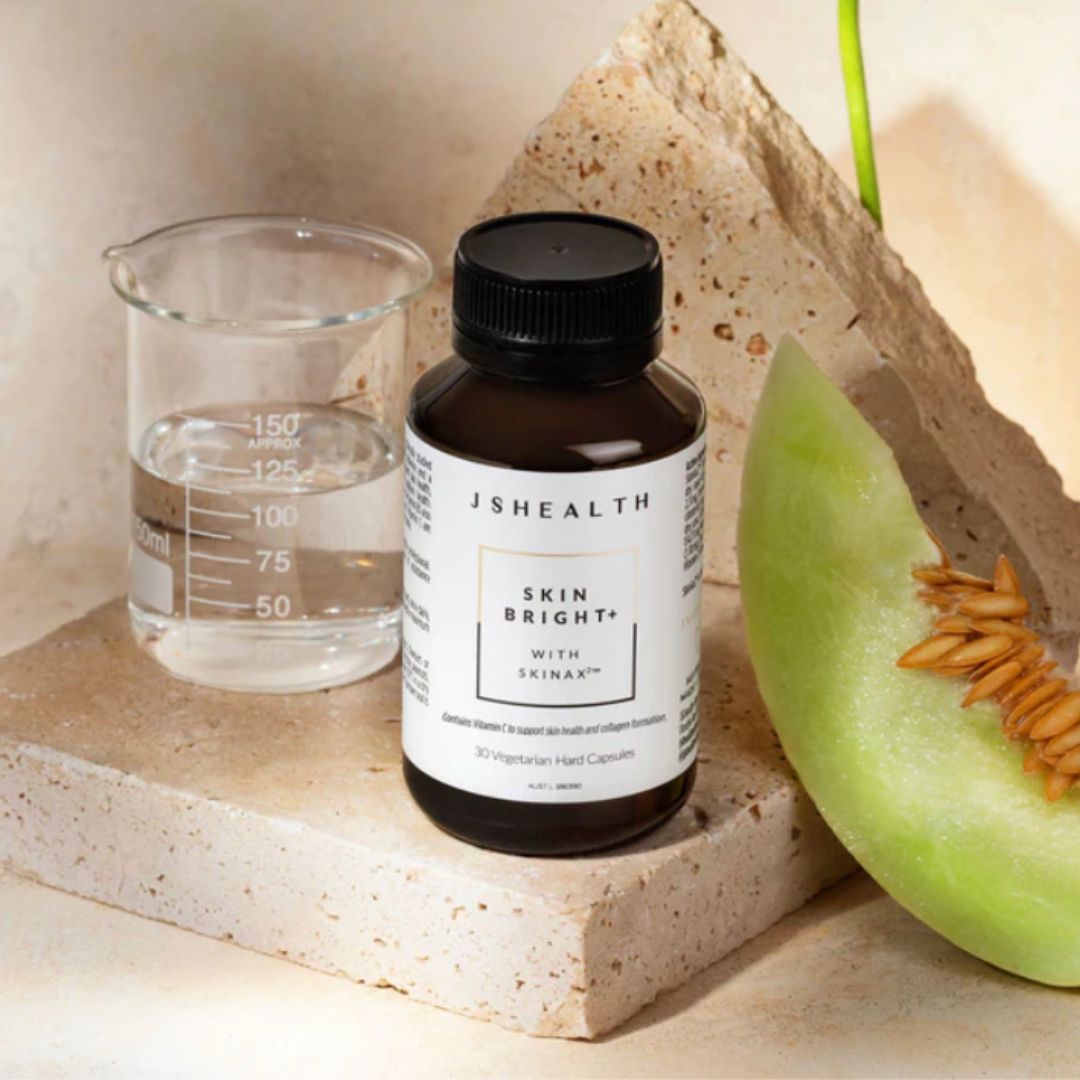
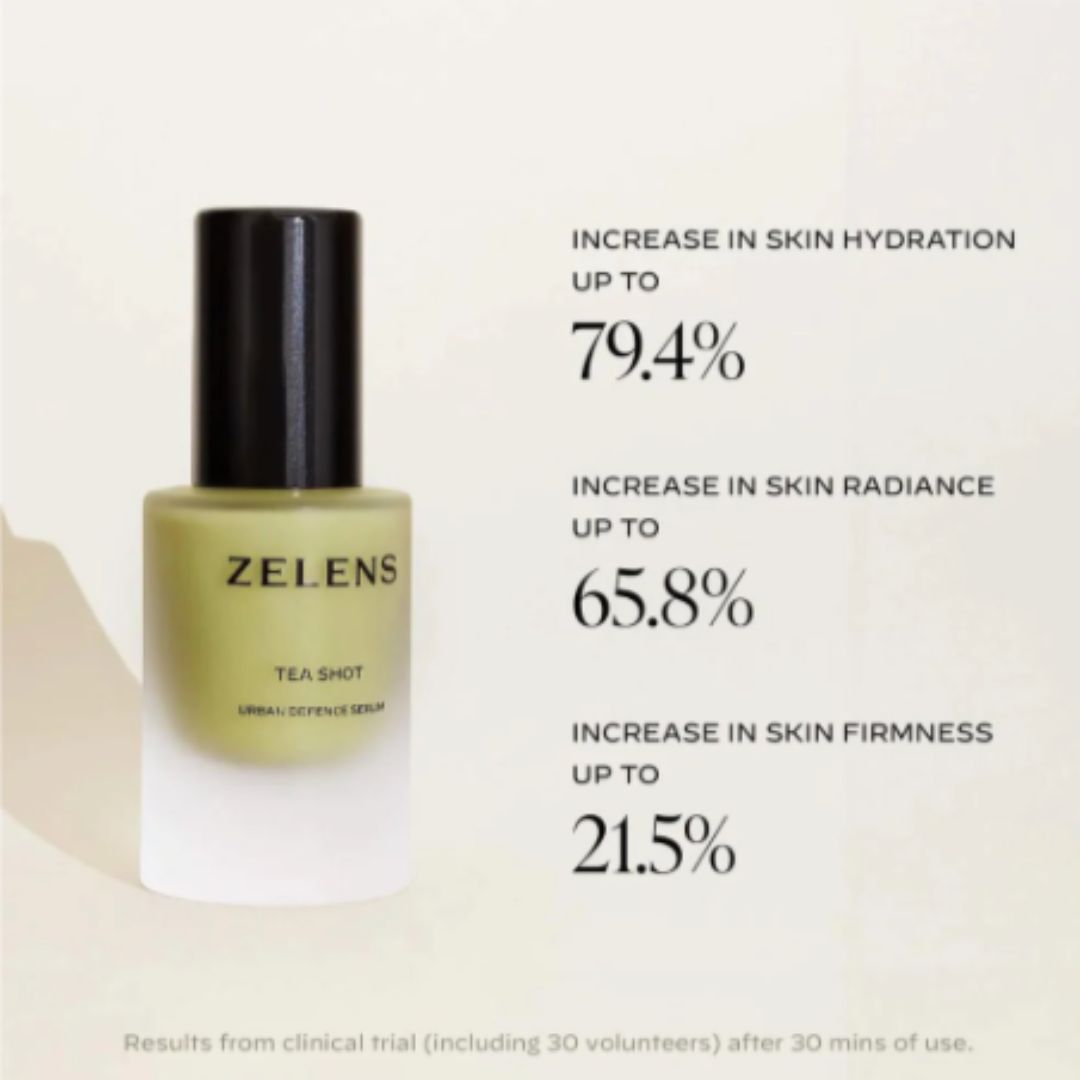
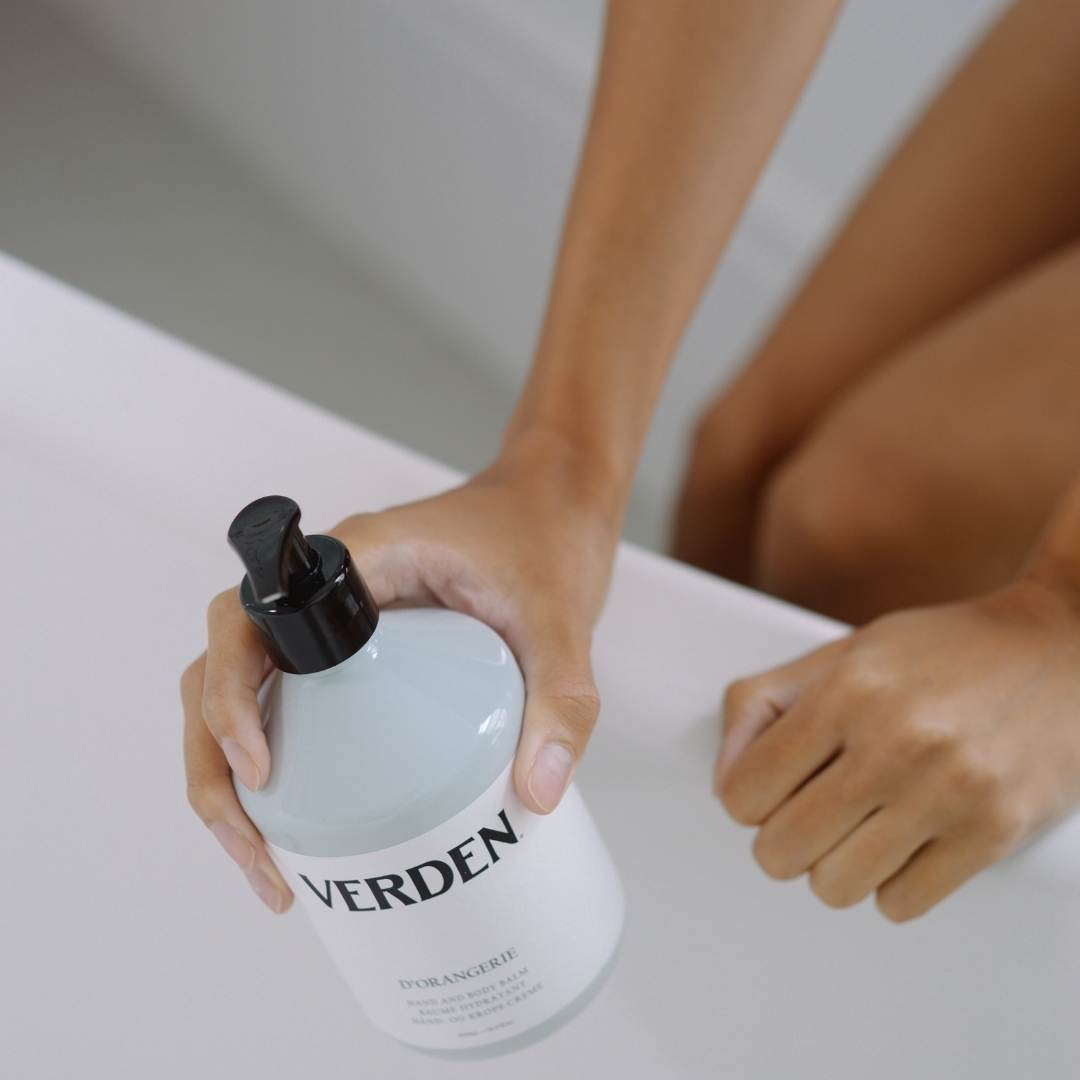
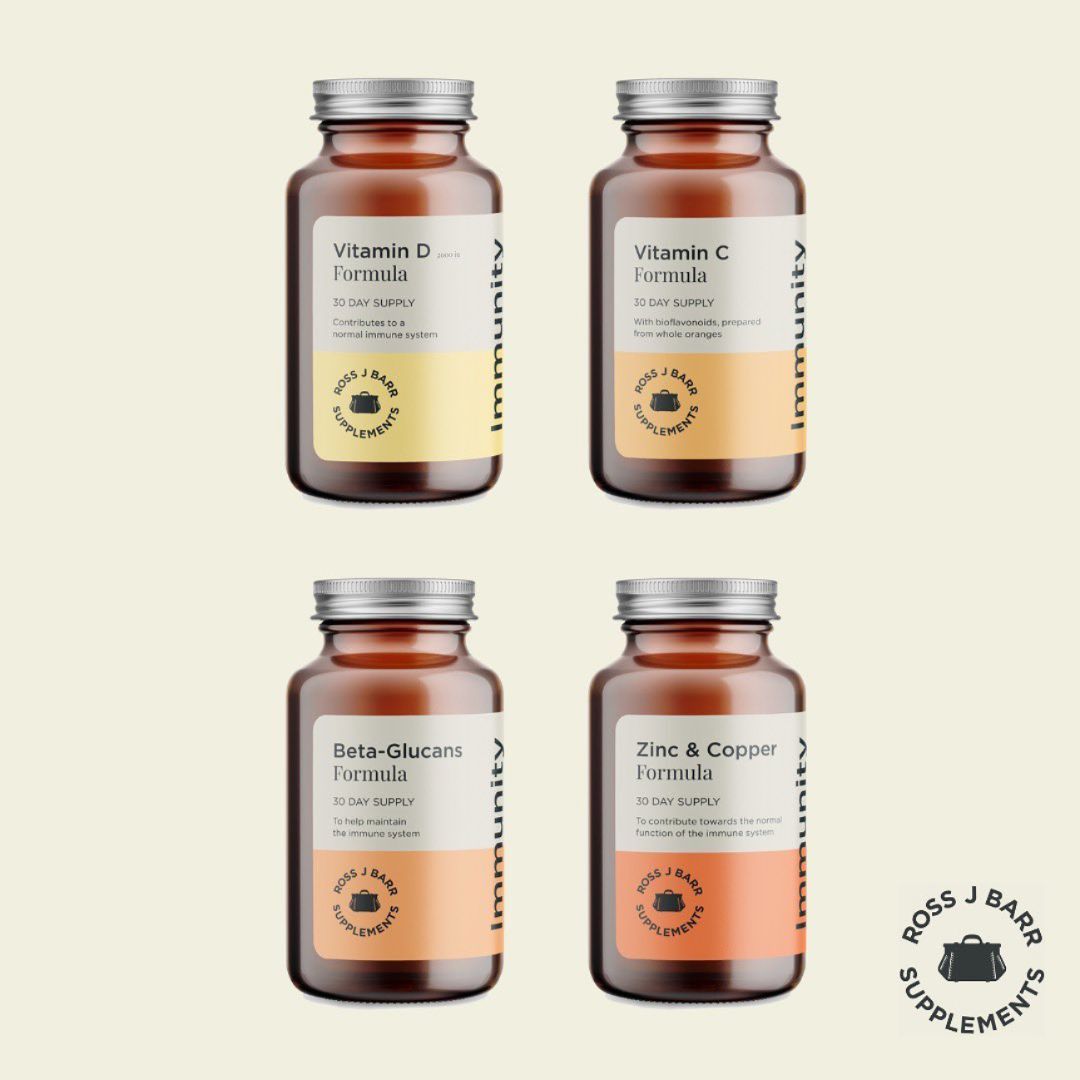
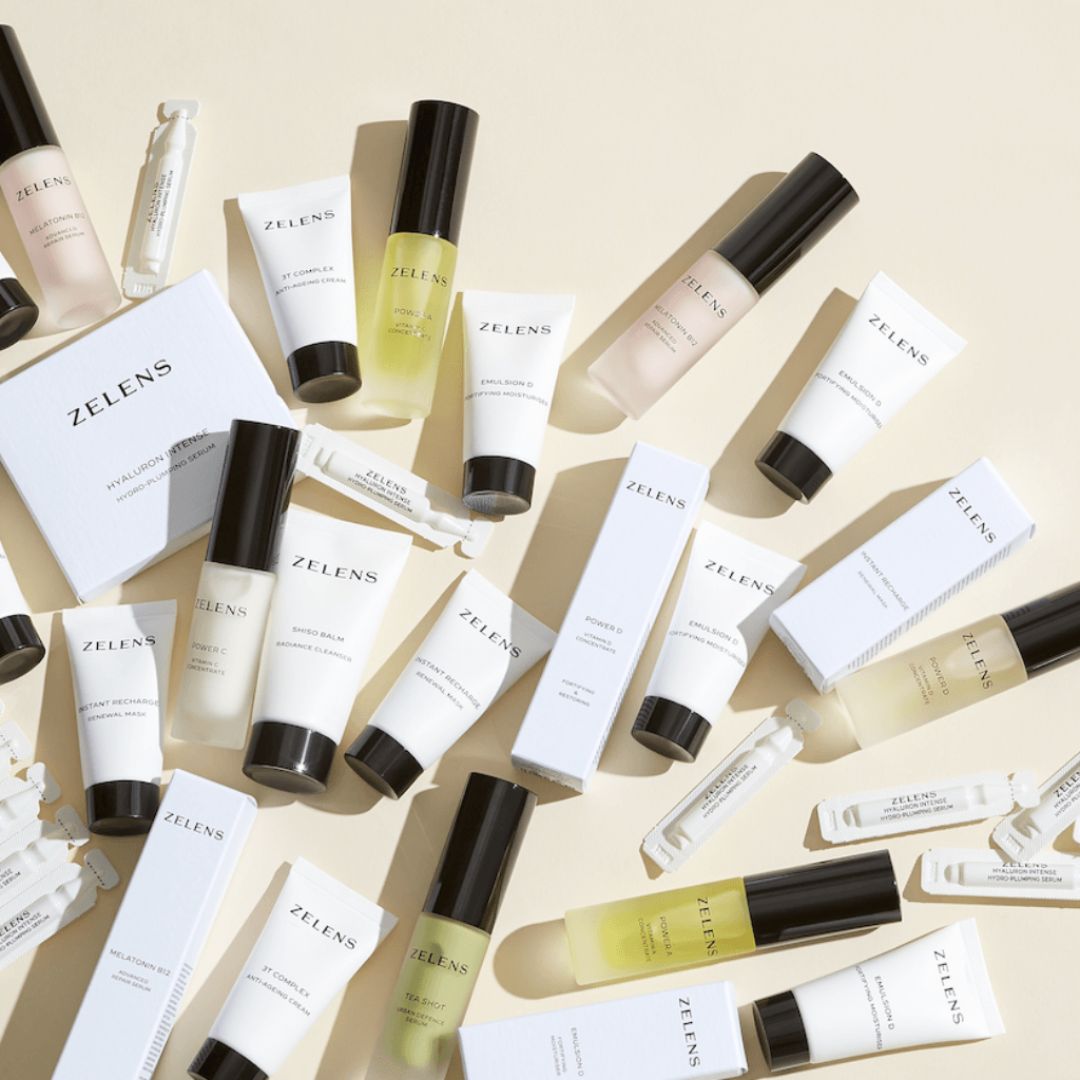
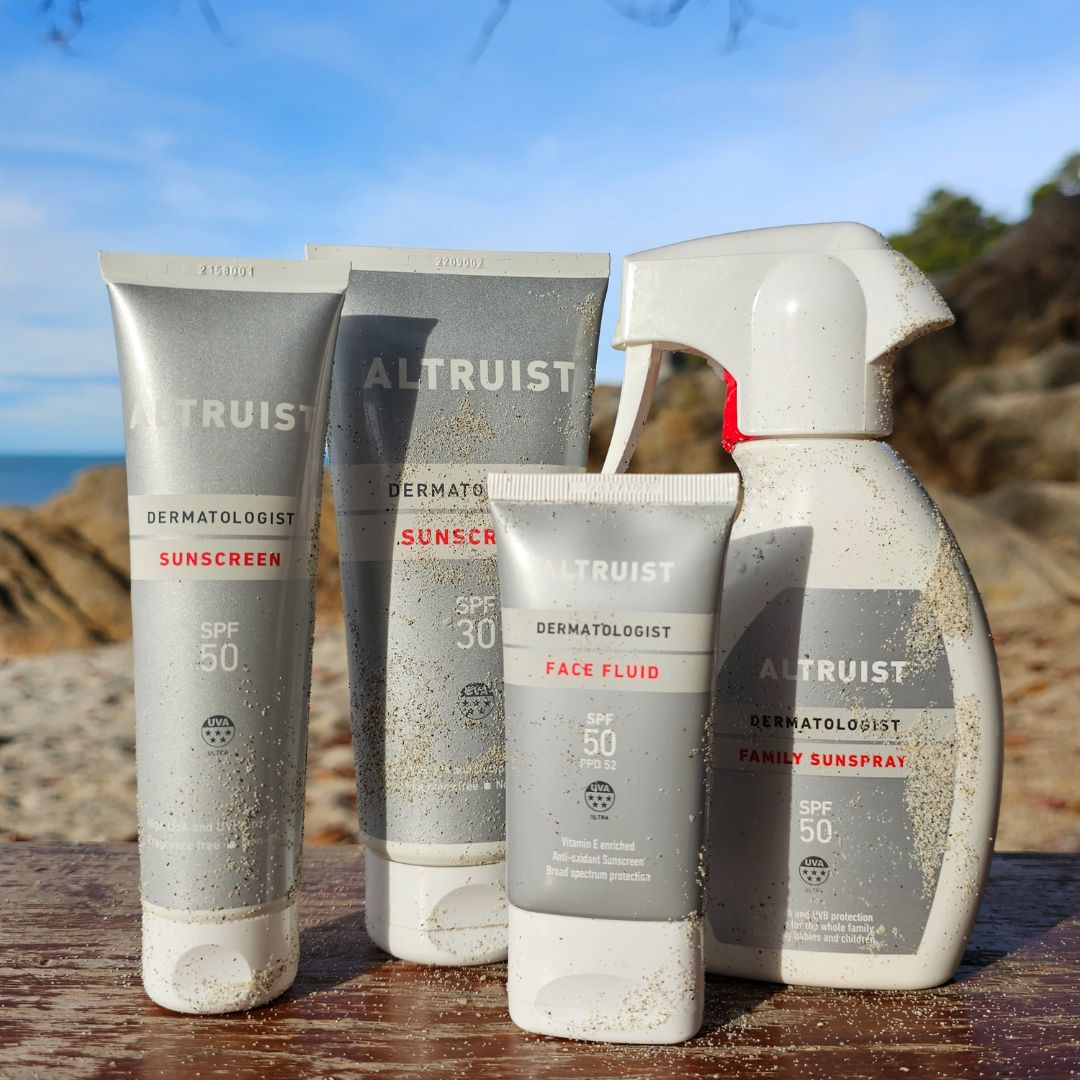
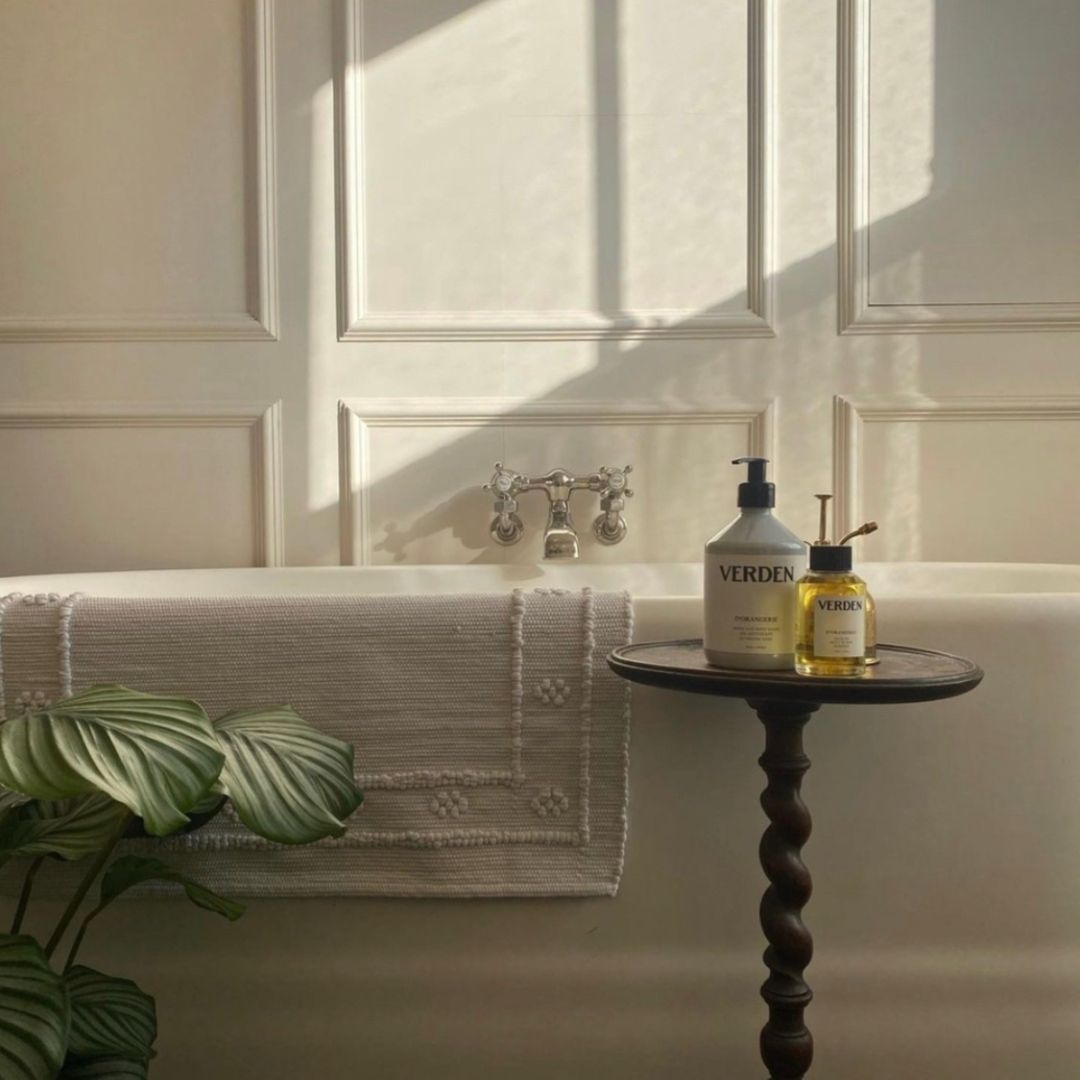
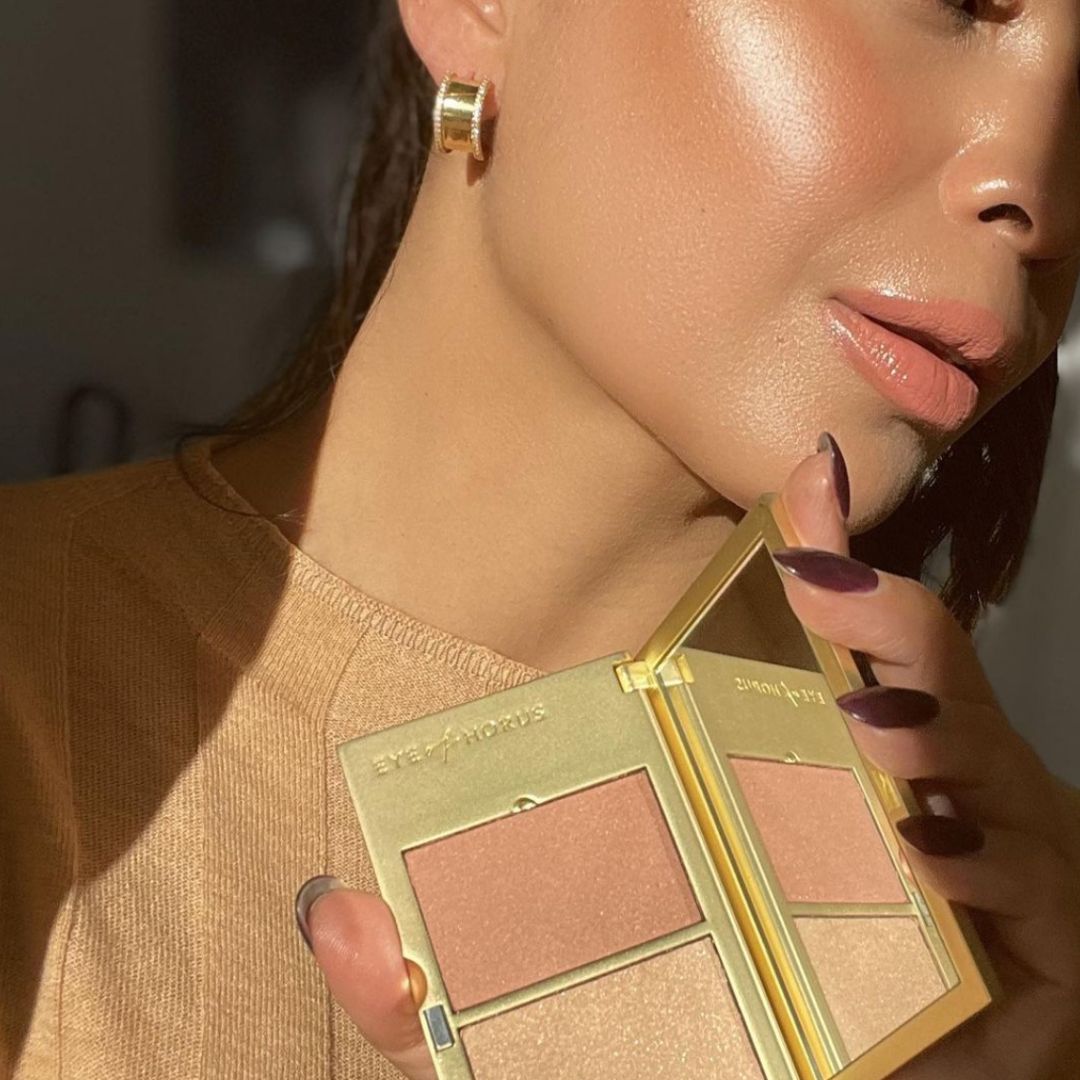
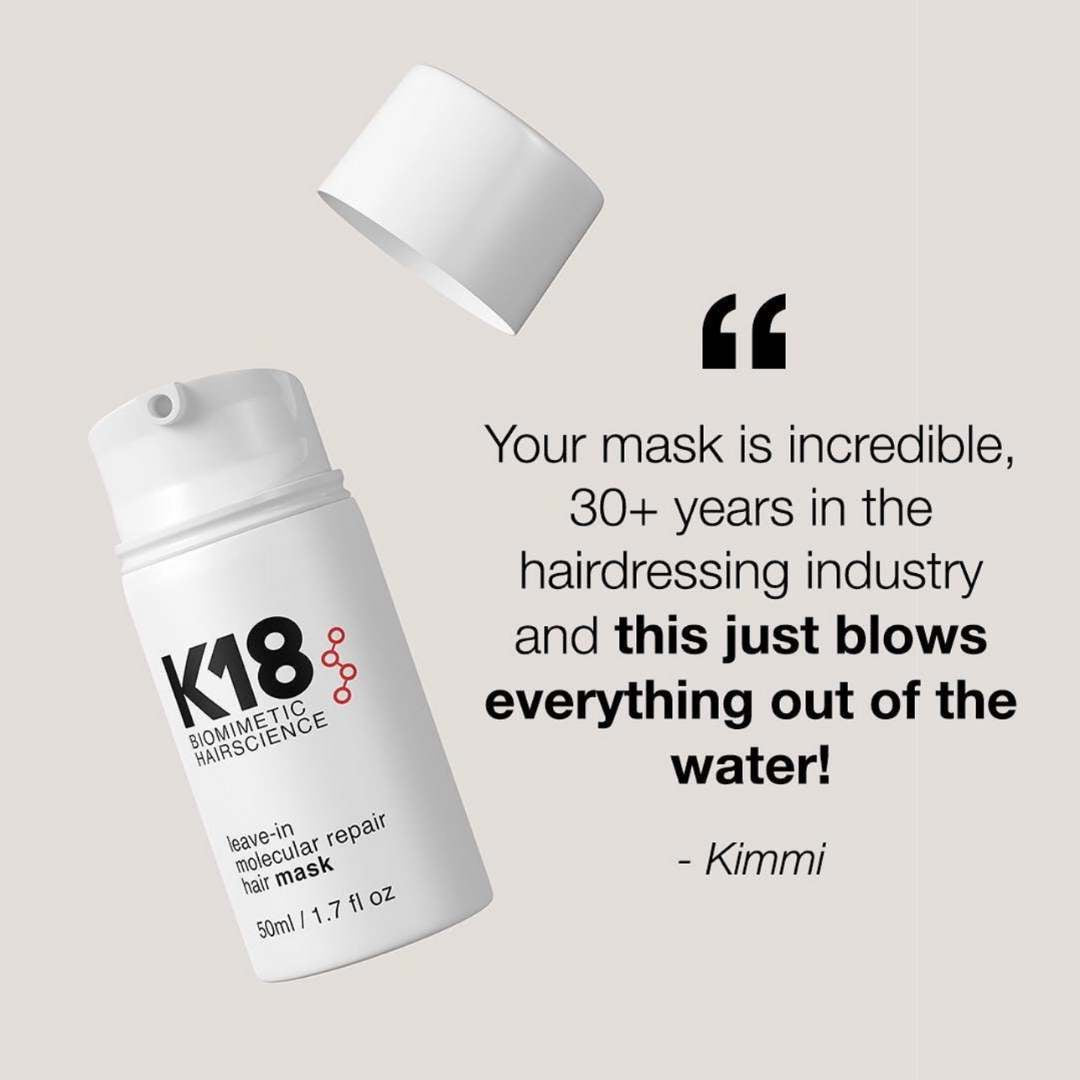
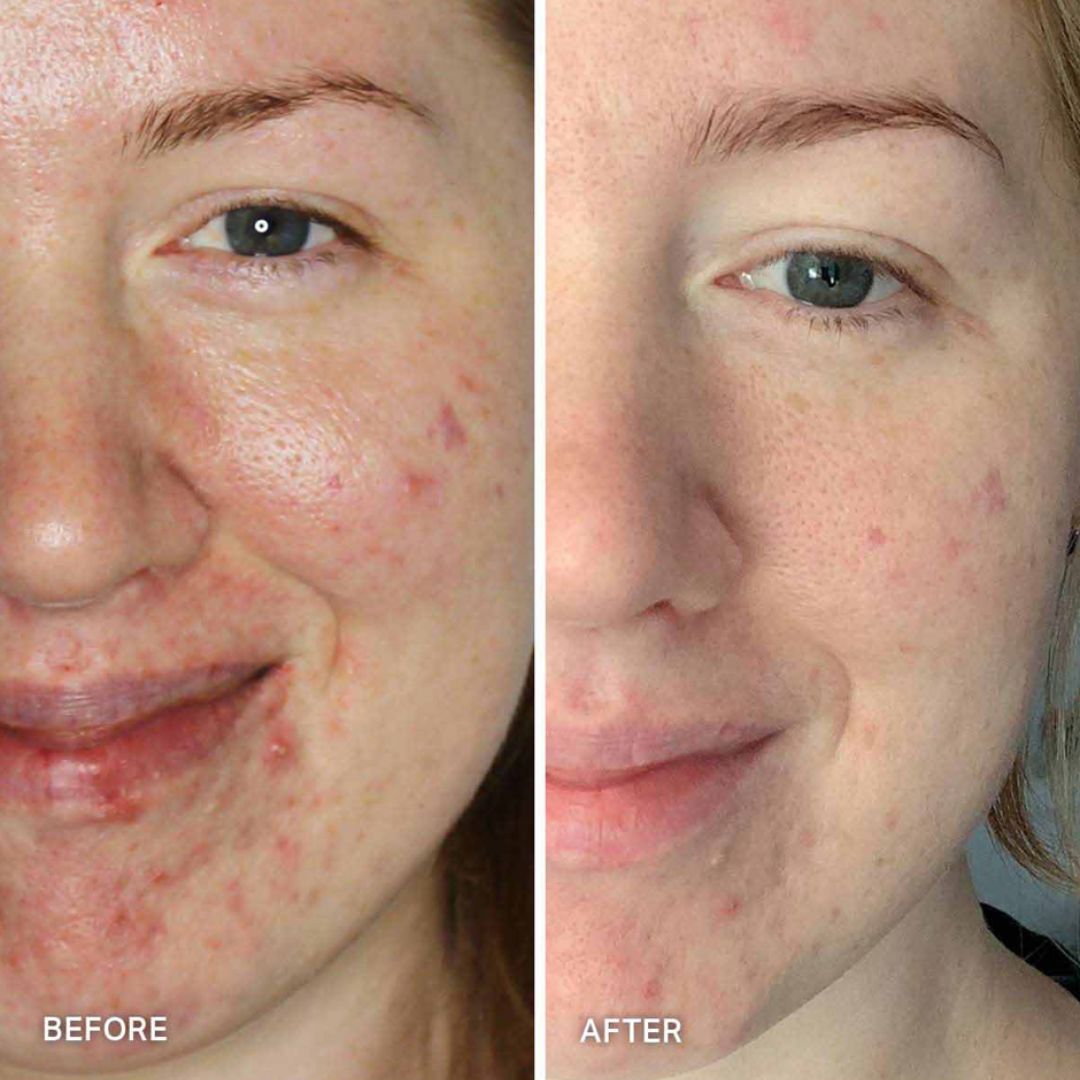
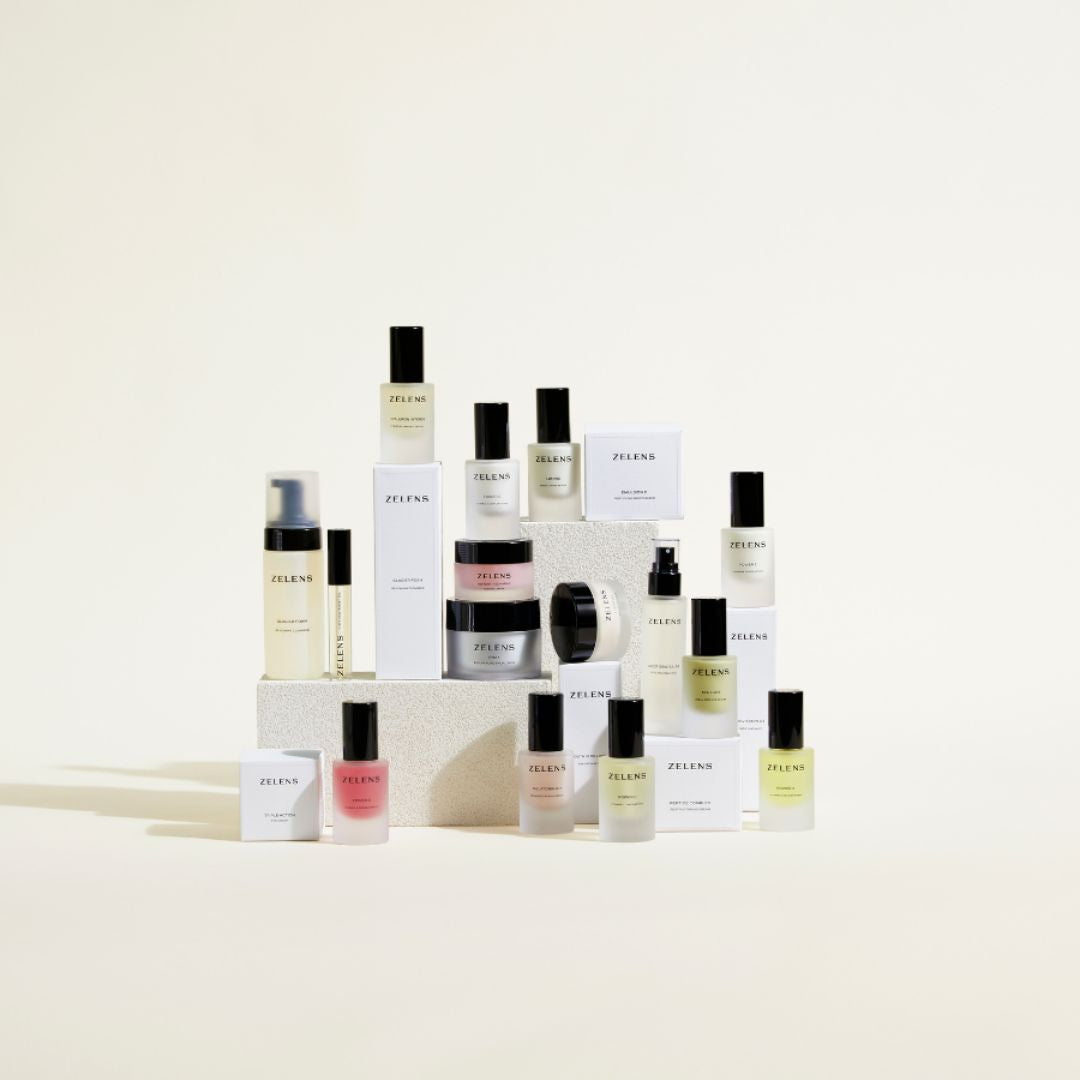

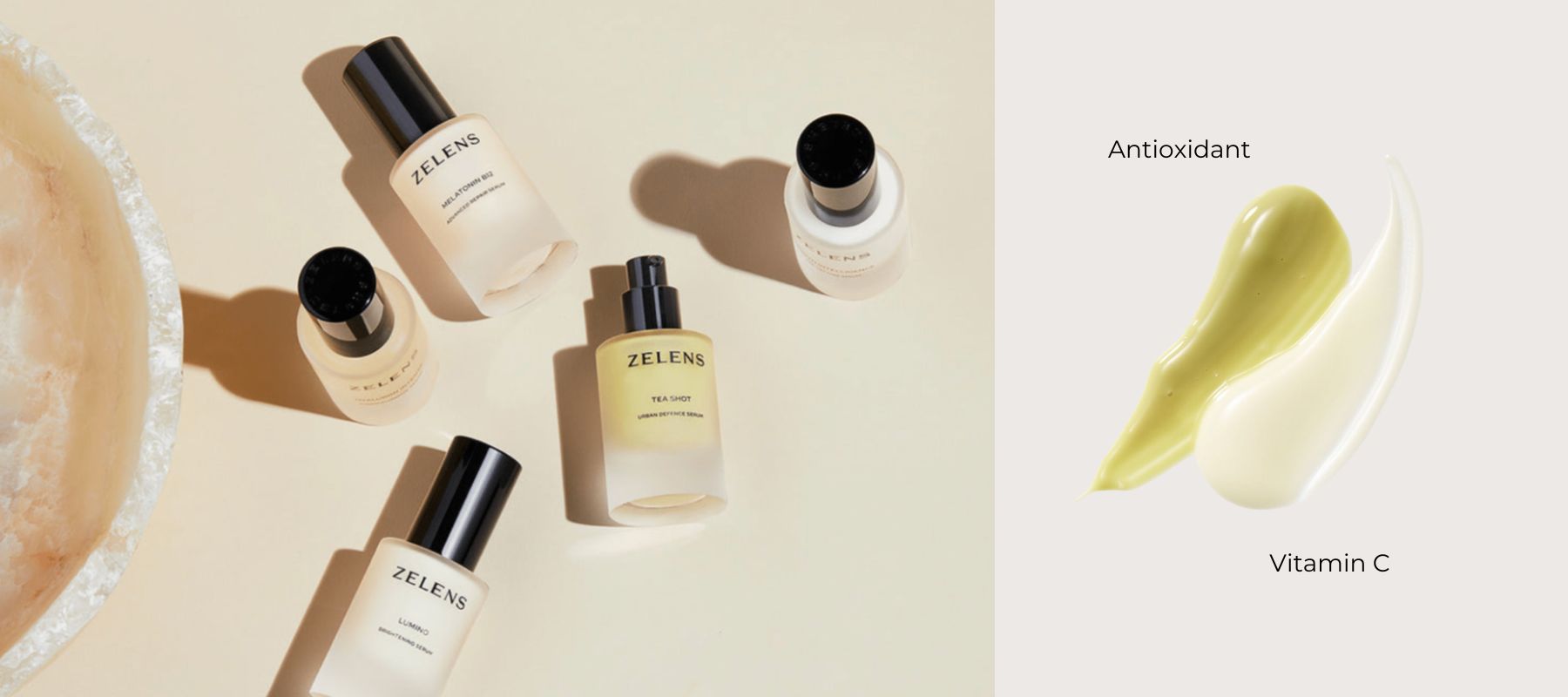
Leave a comment
This site is protected by reCAPTCHA and the Google Privacy Policy and Terms of Service apply.